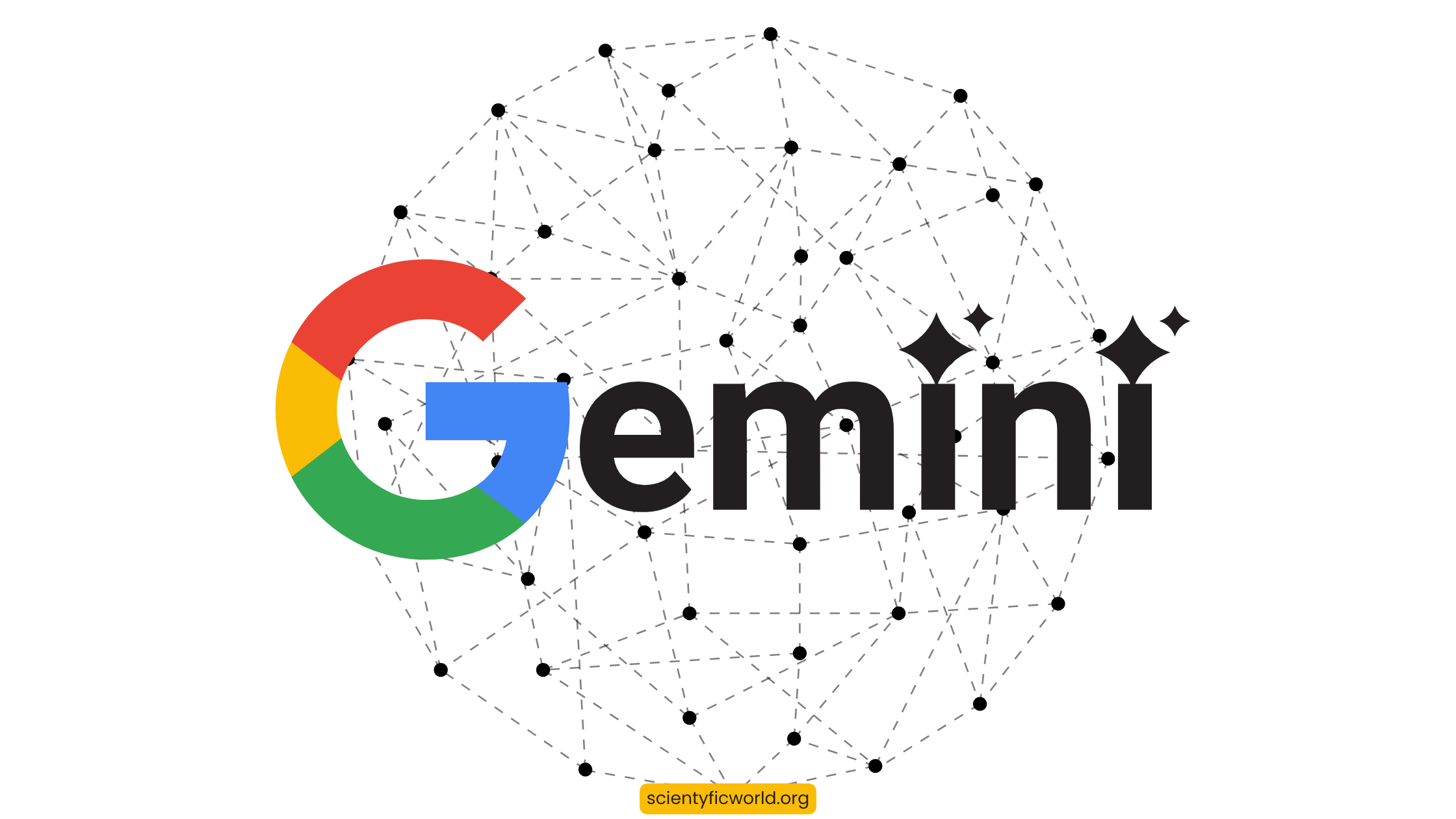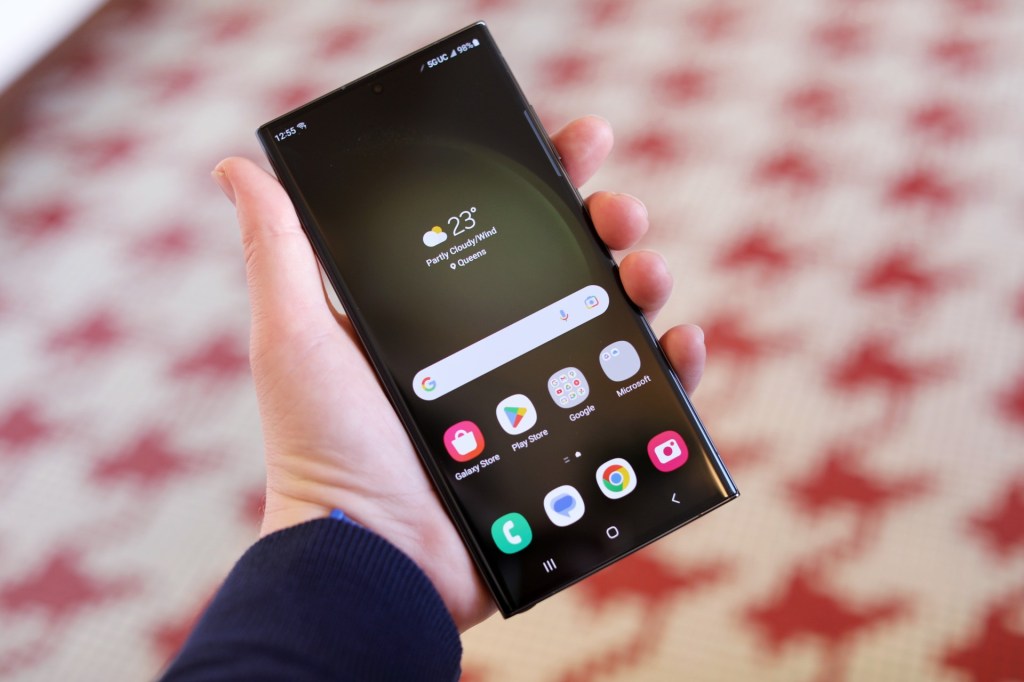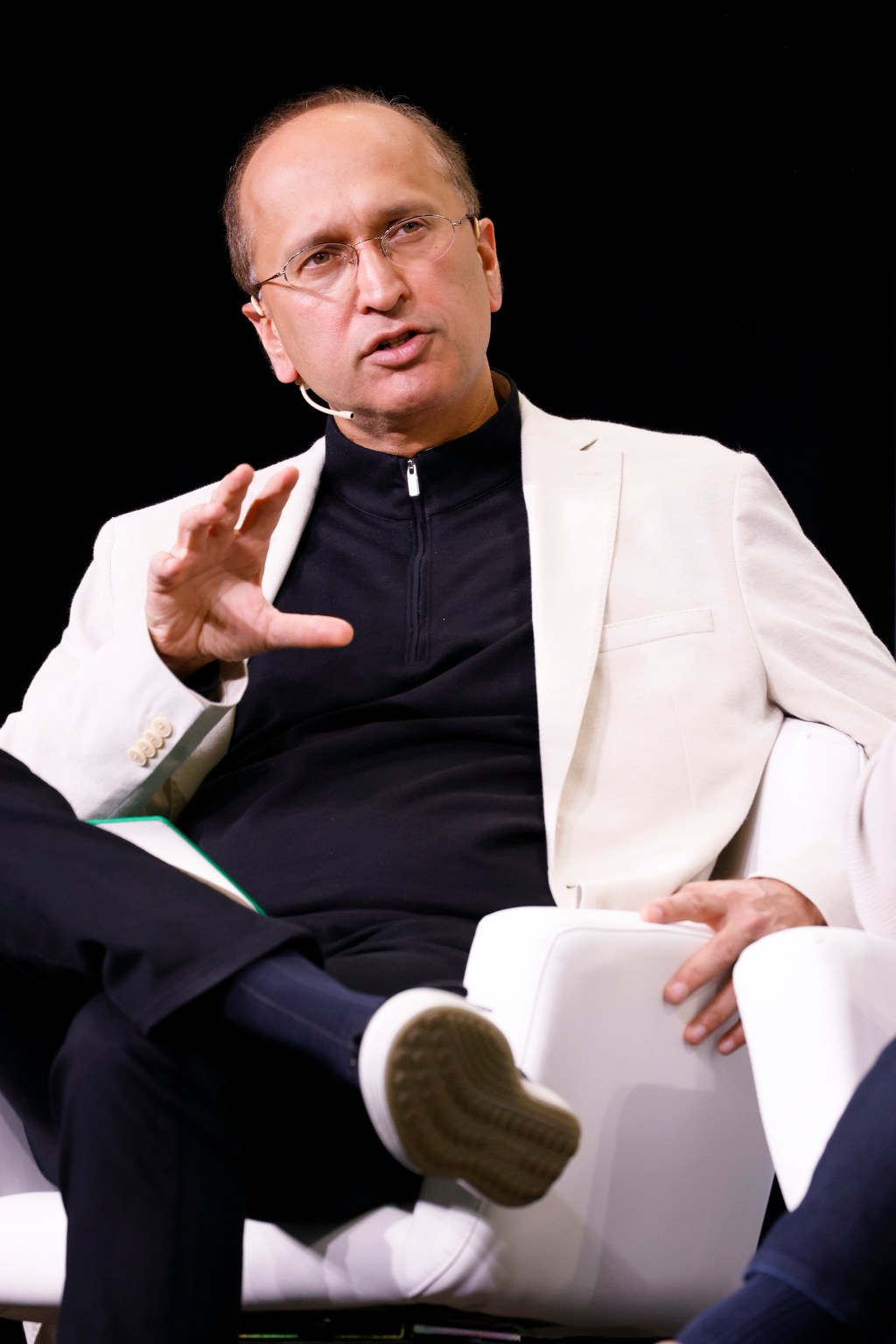Oura, the Finnish health tech company renowned for pioneering the smart ring category, is experiencing a significant shift in its user demographics. While the brand has been associated with high-profile figures like Mark Zuckerberg, Jack Dorsey, and Prince Harry, its fastest-growing user segment is now women in their early twenties. This evolution underscores Oura’s adaptability and strategic focus in a rapidly diversifying wearables market.
The Rise of Young Female Users
Dorothy Kilroy, Oura’s Chief Commercial Officer, highlighted this trend during a recent discussion at Toronto’s Elevate conference. She noted that the company’s growth is increasingly driven by young women who are keen on monitoring their health metrics, particularly sleep patterns and overall wellness. This demographic shift reflects a broader societal movement towards proactive health management among younger generations.
Oura’s Market Position and Competitive Landscape
Founded 13 years ago, Oura has established itself as a leader in the smart ring market, holding approximately 80% of the market share. The company’s success is largely attributed to its focus on sleep tracking and readiness scores, which resonate with users aiming to optimize their health. However, the wearables industry is becoming increasingly competitive, with new entrants like Samsung’s Galaxy Ring, Ultrahuman’s subscription-free model, and Whoop’s fitness band targeting specific user groups.
Word-of-Mouth and User Retention
Kilroy emphasized the role of word-of-mouth in Oura’s growth, drawing parallels to her previous experience at Airbnb. She stated that a significant portion of Oura’s revenue is driven by users sharing their positive experiences, particularly regarding sleep improvement. This organic marketing approach has contributed to impressive user retention rates, with approximately 85% of users continuing to wear their Oura rings after 12 months, a stark contrast to the lower retention rates observed in other wearable devices.
Shifting Demographics and Strategic Focus
While Oura has traditionally appealed to high-performing professionals—often referred to as corporate athletes—the company is now witnessing a shift. Younger consumers, especially young men focused on fitness and recovery, are gravitating towards alternatives like the Whoop fitness band. This trend suggests a segmentation in the wearables market, where different products cater to distinct user needs and preferences.
Embracing the Change
Oura appears to be embracing this demographic shift. By focusing on young women interested in holistic health monitoring, the company is tapping into a market segment that values comprehensive wellness insights over purely fitness-oriented metrics. This strategic pivot not only differentiates Oura from its competitors but also aligns with the growing emphasis on personalized health and wellness among younger consumers.
Conclusion
Oura’s ability to adapt to changing market dynamics and user preferences underscores its resilience and innovative spirit. By recognizing and embracing the interests of young women in health monitoring, Oura is not only expanding its user base but also redefining the smart ring market. As the wearables industry continues to evolve, Oura’s strategic focus on holistic health and wellness positions it well for sustained growth and relevance.



